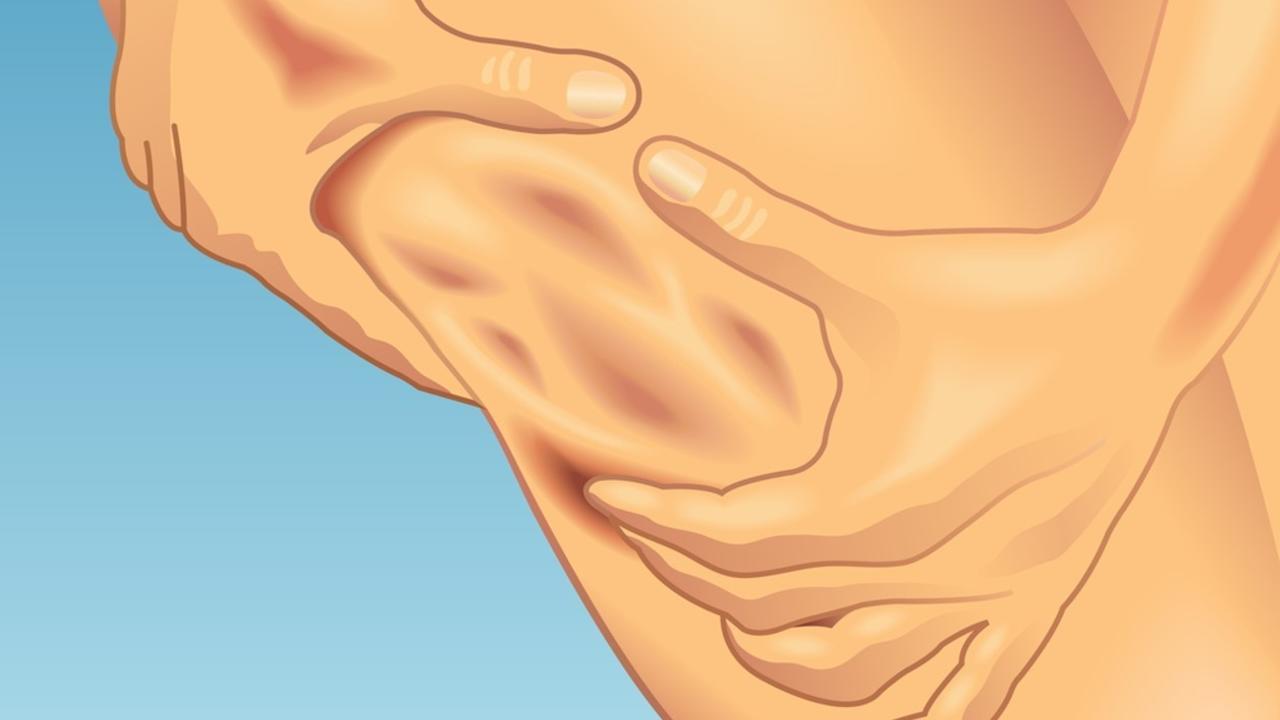
Cellulite: The Bottom Line
Nov 11, 2016Do you like to joke that cellulite is your body’s way of saying “I’m sexy in braille”?
Do you think that NOTHING can be done about it?
Then this blog is for you.
Let’s first clear up some misconceptions.
Most people think cellulite comes with fatness, but it’s not just found on overweight women. Lean women often have it, including Hollywood stars who are regularly shamed with supermarket tabloid photos for their dimpled butts and thighs. So clearly, the cellulite problem is not solved by being young, lean and fit.
It helps to be male because only 10 percent of men have it compared to more than 85 percent of women. The reason is the connective tissue in men’s thighs and butts has a criss-cross structure whereas women’s tends to be more linear. (Think a cross-linked fence and it’s ability to tightly contain things in your yard compared to a picket fence where plenty of stuff can easily poke through.)
Women are also more prone to cellulite because they have three subcutaneous fat layers and not just one, and because they have nine times more alpha estrogen receptors (which produce fat) than beta receptors (which breakdown fat).
While we women can’t do much about the gender differences, we can take steps to build stronger and more flexible connective tissue that can hold the fat in. The goal is collagen fibers that are both strong and flexible. Weak connective tissue lacks the strength to stop the fat lobules from poking through. Rigid connective tissue seems strong, but it can actually help subcutaneous fat get a grip and push through. Women without cellulite have stronger and more resilient “picket fences” with some cross linking.
Exercise helps because it increases blood flow to the connective tissue and strengthens the muscles that support our skin. Massage, rebounders, dry brush massage, and other forms of movement can increase blood and lymph flow too. But none will solve the cellulite problem unless the diet also includes plenty of foods that build strong, flexible connective tissue. To accomplish that, we need to eat plenty of foods high in collagen and cartilage. Because those are found only in animal products, people on vegan and plant-based diets will obviously come up deficient. Surprisingly, so will omnivores who favor muscle meats such as steaks and chops. Our ancestors, in their wisdom, did it differently. They regularly ate liver and other organ meats, and also enjoyed broth, soups and stews made from skin, cartilage and bones.
Broth also helps hydrate us, and dehydration make cellulite appear more prominent than it is. Not making enough broth? If I don’t have time to cook my own, I LOVE the taste of Lance Roll’s Flavor Chef broth. Just don’t like broth? Not drinking enough of it? Try mixing collagen peptides in whatever you are drinking. Got a serious cellulite problem, try cartilage. To learn more about Vital Proteins, my favorite brand of grass-fed collagen and cartilage, click here.
Vitamin C is also crucial for collagen formation so enjoy Vitamin C rich fruits and vegetables such as oranges, grapefruit, lemons, berries, red peppers, leafy greens, broccoli. . . and liver. Yes, liver, provided it’s lightly cooked.
Lysine is an essential amino acid that helps repair body tissues and collagen. Get plenty from eating beef, turkey, chicken, pork, fish, shrimp, shellfish, eggs and beans.
Many health experts blame the cellulite problem on pesticides, preservatives, fluoride, and other environmental toxins stored in the fat tissue of our bodies. But if they were the primary cause, men would show as much cellulite as women. We also can see from old photographs and paintings that the dimpling and lumpiness of cellulite is not a modern phenomenon at all. That said, toxicity likely makes things worse, and it’s best to keep a clean diet with foods that are organic, free range, pastured and grass fed. Just don’t expect those choices to clear your cellulite unless your diet is also rich in collagen.


